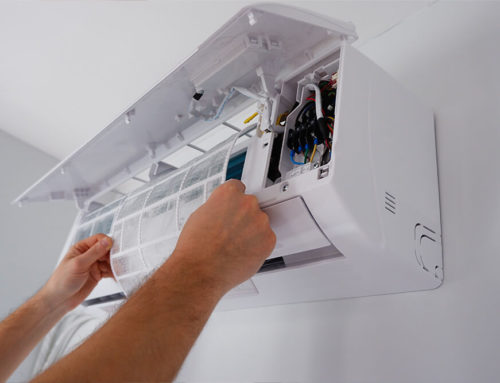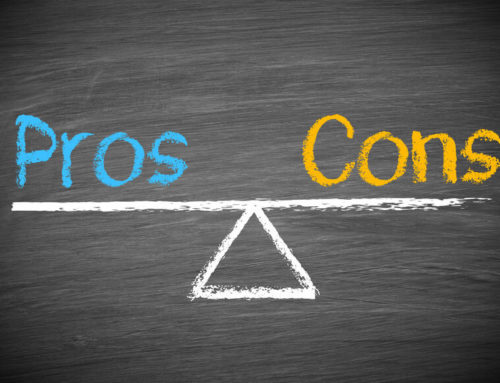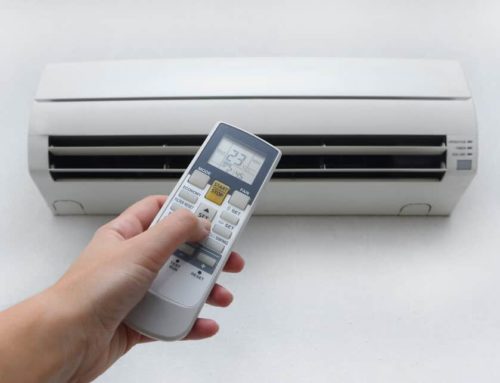Everybody appreciates the convenience of a central air conditioner on a hot sunny day. It can efficiently and effectively cool down all the rooms in your home, or just one or two, depending on your requirements. The majority of central air conditioning systems utilize both gas and electricity in order to power and fuel the system. And they also push the cooled air through the channels of your ductwork and vents to cool down the interior space of your home. Whether it runs on electricity or gas, your central air conditioning is a vital component of your HVAC (Heating Venting Air Conditioning) and works in conjunction with your heating system to maintain year-round comfort in your home.
What is central electric cooling
If you have an electric central air conditioner, it uses electricity for both heating and cooling. This means that both your furnace and outdoor condenser unit run on electricity. Most homes actually have a “split” system. The furnace is run on gas or oil and the outdoor condenser unit is powered by electricity (The outdoor condenser unit is that big block thing outside that you probably think of as your air conditioning unit).
The term “split” actually has nothing to do with this combined usage of power sources but refers to how the system actually operates. In this type of system, heat is extracted from the air and pumped outside during the summer, and the process is reversed in the winter in order to keep your home warm.
Gas central Air Conditioning
Even if you have a gas air conditioner, it won’t run exclusively on gas. Electricity will still be used to power some elements of the system. The furnace is the only component of the system that is powered by gas, the condenser and everything else runs on electricity.
Similarities between Gas and Electric AC
By and large, the systems are pretty much the same. They have the same components, an air delivery system (most commonly a system of ducts), an outdoor condenser unit, and a furnace. They work in the same way, heating in the furnace and cooling in the condenser.
And for both you need a thermostat so that the system knows what temperature you want in your space and can distribute warm or cool air accordingly. They also are similar in that your AC is a major contributor to the size of your utility bills.
Differences between Gas and Electric AC
The most obvious difference between gas and electric air conditioning is that only electric AC uses one type of power, electricity. Gas uses a combination of gas and electricity.
Cost is another major difference. Generally speaking, electricity is cheaper than gas. If your central split system uses gas to power the furnace, you are probably used to seeing big fluctuations in your energy bills. This is because both gas and oil prices change much more frequently than electricity. Also, in the summer months, your gas bill will drop as the furnace is not needed, but
your electricity bills will rise as the condenser will be running fulltime. When winter comes along, the situation will be reversed.Both gas and electric central air conditioning have their advantages and disadvantages, and it can be a hard choice to make. If you are not sure which one is most suitable for your needs and requirements, contact us at Chills Air Conditioning where our friendly experts will be happy to help you decide.






